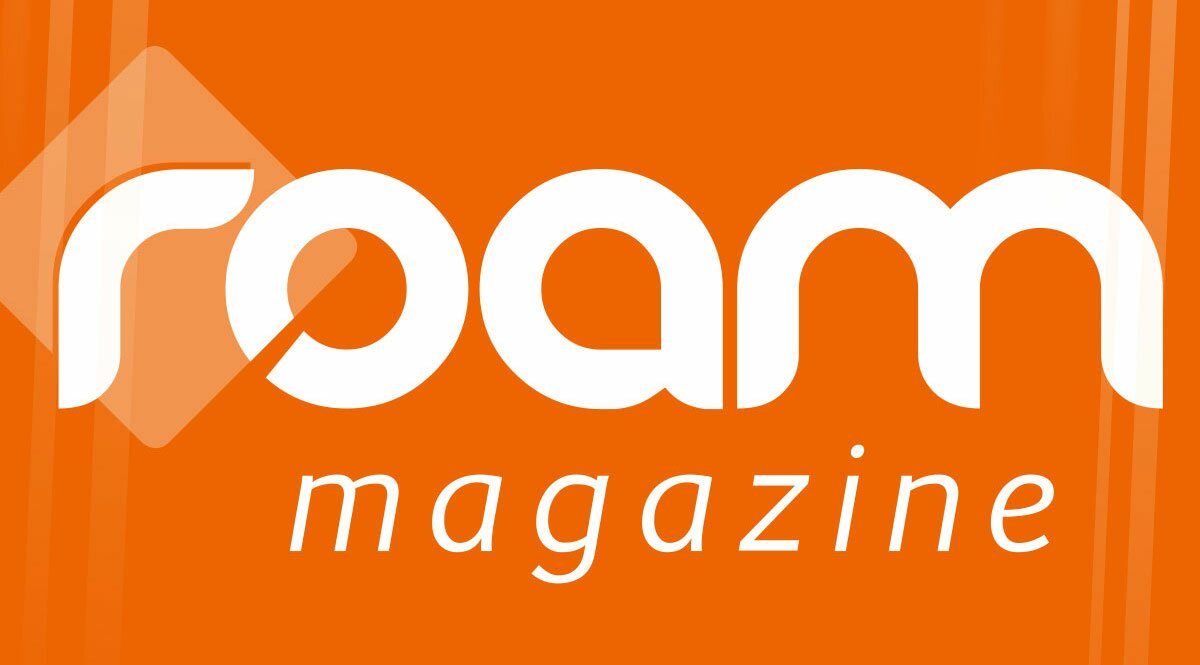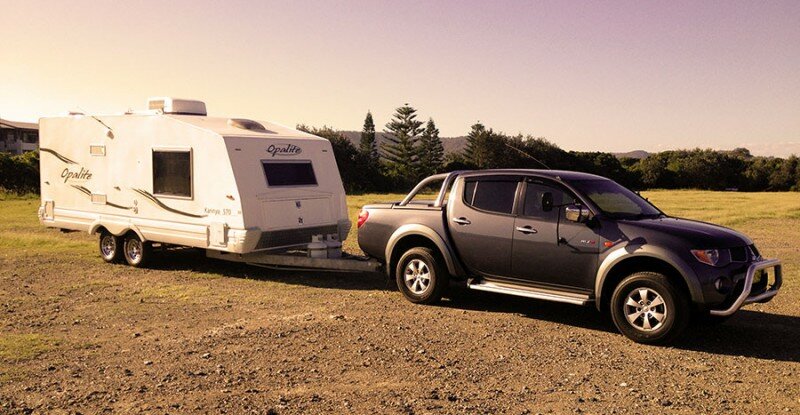A handy guide to safe overtaking when towing a caravan.
By COLIN YOUNG
Safety is by far the most important consideration when towing a caravan. You must have sufficient power available to accelerate the car-caravan combination at a reasonable rate, and to maintain a reasonable speed when climbing hills.
It is vital that you are able to accelerate quickly to get out of trouble, and especially to avoid getting into trouble, for example when over-taking another vehicle. It is also vital that you are able to stop at a reasonable rate… safely, and in a straight line.
With so many significant variables involved, it is not possible to provide a definitive procedure to determine the overall distance required for over-taking, for every tow-vehicle – caravan situation. Risking your life – and that of your passengers and other road-users – to save a few seconds can come with enormous risks… are you prepared to pay this horrendous price?
- The most important aspect is that the driver must have good eye-sight… especially for the perception of distance on the road. The No: 1 Rule is that if you are not 100%-confident that you can over-take a slower vehicle safely, in the prevailing atmospheric and road conditions… do not attempt to over-take.
- The second most important aspect is that the driver must have a good appreciation of the acceleration performance of their tow-vehicle, when towing a loaded caravan.
- The third most important aspect is that the driver must have a good appreciation of the handling / stability performance of their tow-vehicle and caravan combination… when a lane-change manoeuvre is under-taken.
A while back, a gentleman named Mr Newton derived a formula, stating that: Force = Mass multiplied by Acceleration [F = m x a]
In reverse, Acceleration = Force divided by Mass [a = F / m]
“Acceleration” is what we need to increase speed, in order to over-take a slower vehicle.
“Mass” is the total mass of the car-caravan combination.
“Force” is the forward thrust – “tractive effort” – supplied by the car tyres’ traction on the road surface.
It is vital to realize that the “Mass” of the car-caravan combination is much greater than the “Mass” of the car alone… hence the “Acceleration” performance will be considerably reduced.
The “Force” is the horizontal force available, hence it will be considerably reduced on an incline.
The “Force” available depends on the friction between the driven tyres and the road surface, hence it will be considerably reduced on wet roads and dirt roads.
The critical factor in over-taking, is to spend as little time as possible in the “wrong lane” (on 2-lane roads), hence it is prudent to start accelerating close to the required over-taking speed, while still in the left lane, behind the vehicle that you are over-taking.
However, caution is needed, just in case the vehicle ahead of you suddenly slows down, or some other situation requires you to stop the planned manoeuvre, and you need to brake heavily.
Determining actual acceleration performance of the combination:
Advertised powers and torques may be quite different to those actually achieved in the “real world”; while they may be “honest” figures, they may have been measured at the flywheel on a blue-printed engine (without accessories), under perfect conditions on a dyno in a professional controlled- atmosphere laboratory. These figures will inevitably reduce as the engine becomes worn, as the distance travelled increases.
Hopefully you will never be caught in a “tight spot” (read, “dangerous situation”) when over-taking. However, it is best to be well-prepared… and know “what the ol’ girl will do” when you push the “loud pedal” to the floor.
Safety First:
- Ensure that both the tow-vehicle and the caravan are in good mechanical condition.
- Ensure that all tyres are correctly inflated to the prescribed pressures.
- Ensure the caravan brakes are operating efficiently and evenly.
- Load the tow-vehicle as you normally would for a trip.
- Just for this test… Load the caravan to its legal limit… in a “reasonable and typical manner”.
- Use a certified weigh-bridge to measure the: (a) All-up load; (b) Axle(s) load; and (c) Ball-load.
- (Ensure that none of the vehicles’ Ratings are exceeded.)
- With a passenger to record the readings, locate a suitable safe flat road… ideally the middle of a level, deserted, 3-lane (in each direction) freeway.
- Check the accuracy of the speedometer using a good GPS unit.
- With the aid of a stop-watch, carefully and safely, conduct a series of wide-open-throttle acceleration runs, recording the times taken to go from 40 – 50 km/h, 50 – 60 km/h, 60 – 70 km/h, 70 – 80 km/h, 80 – 90 km/h and 90 – 100 km/h. Be alert if the caravan should start to sway at the higher speeds.
- Record – or calculate – the distance travelled between each 10 km/h segment. This will enable you to appreciate how long – time and distance – it will take to over-take another vehicle, when you wish, or need, to.
Cautions:
If you must over-take another vehicle, ensure that you do it safely, and without having to exceed the speed limit… or such a high speed that the ‘van becomes dangerously unstable.
It is highly preferable that the driver of the vehicle being over-taken realizes that you wish to over-take them, and hopefully reduces their speed to assist you.
If their vehicle – a truck or caravan – has a CB radio call-sign on its rear, and you also have a CB radio, it is advisable to alert them of your intention.
Be extremely careful, and double-check the road ahead to ensure you have sufficient distance of clear road to safely over-take another vehicle. Check that there are no dips in the road ahead, and that there are no intersecting roads, from where a vehicle could suddenly emerge. Check that the road is wide enough, and does not have very rough edges.
Check that the vehicle that you are about to over-take, is not preparing to over-take another vehicle, or make a right turn. If that driver is not aware of your over-taking them, be cautious of their possible increase in speed. Check your mirror carefully to ensure that you are not about to be over-taken.
Use your turn-signals appropriately, in plenty of time, to indicate your intention to over-take. However, do not rely on the turn-signals of the vehicle being over-taken, as a “safe to over-take” signal.
Do not swerve sharply into the right lane, or sharply back into the left lane, as this may well induce a hazardous sway… possibly ending in a dangerous “jack-knife”.
On the other side of over-taking:
When being over-taken, you must consider the other party, and realize that speeding up in such a situation will not only risk lives, but may very well lead the other party to extreme frustration and an even more-dangerous effort to pass you.
As a courtesy, you should gently slow down, to make the over-taking safer. Of course, if the over- taking driver has made a serious error of judgment, and is in a hazardous situation, it is imperative to brake heavily, to better-allow the driver to quickly cut back in front of you, so as to avoid a lethal head- on collision.
It is important – before you set off on a trip – to ensure that the ‘van brakes are operating efficiently… and evenly.
Disclaimer: This information is provided in good faith, in an effort to improve road safety. It is believed to be correct, but no liability whatsoever is accepted for any issues arising from using this information.
Image Source: Mick Gilbert






